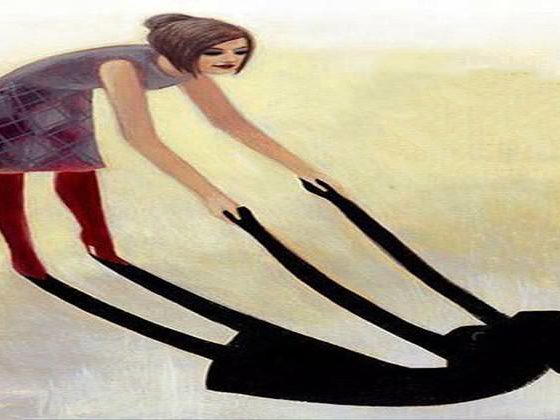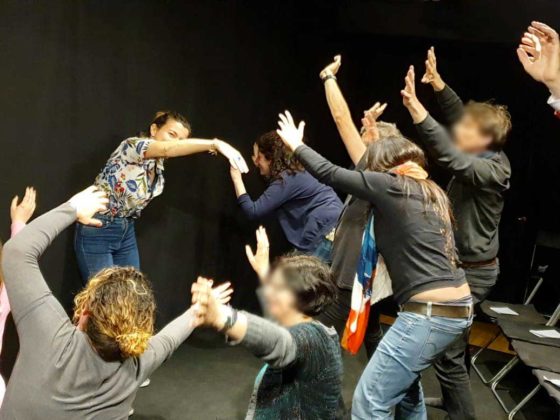Review Yourself 5: towards a photo narrative therapy
Starting to use image, still or in movement, as a support for group work and group processes, also implies a certain preparatory pedagogy. We are used to coding images at once, we’ve been doing it for thirty years. We can soon see the strong evocative power a picture, a single picture, can have. The picture hosts projections and, provided with subtitles, it can become a kind of conversation. Working at the same time just with this evocative/narrative potential of the image, we can organize group works included in this narrative potential. Here the production and professional metaphor of some methodologies can help us. We soon think about the production of films and of a very creative and funny sample of the Italian culture of image. I said Italian because I’d like to mention the love-picture story, an Italian invention. The love- picture story was born as a poor version of cinema. In its structure, it reminds me of comic strips or the image editing of cinema frames. At the beginning, it wasn’t heard about on TV. TV was watched in the bars: all people from the neighborhood or town met in the bar to watch the “musichiere” and so on. But, the love picture-story was a crucial moment, a kind of training and, thank heaven, an economic financing for some big cinema authors, from Fellini to Zavattini. Also Damiano Damiani started as a love picture-stories director. But what was a love picture-story? Practically, a group of evocative pictures that allowed to enter a story, identify with characters and live something that doesn’t belong to our own everyday life. It’s important to put all these things in group situations where it is possible to experience relational dimensions and different relational rules. Moreover, in a situation of creative production, moving from a “dominated” condition of user of the image and getting inside the production, the risk of being creative together is high.
Translation edited by dr. Daniela Abbrescia




